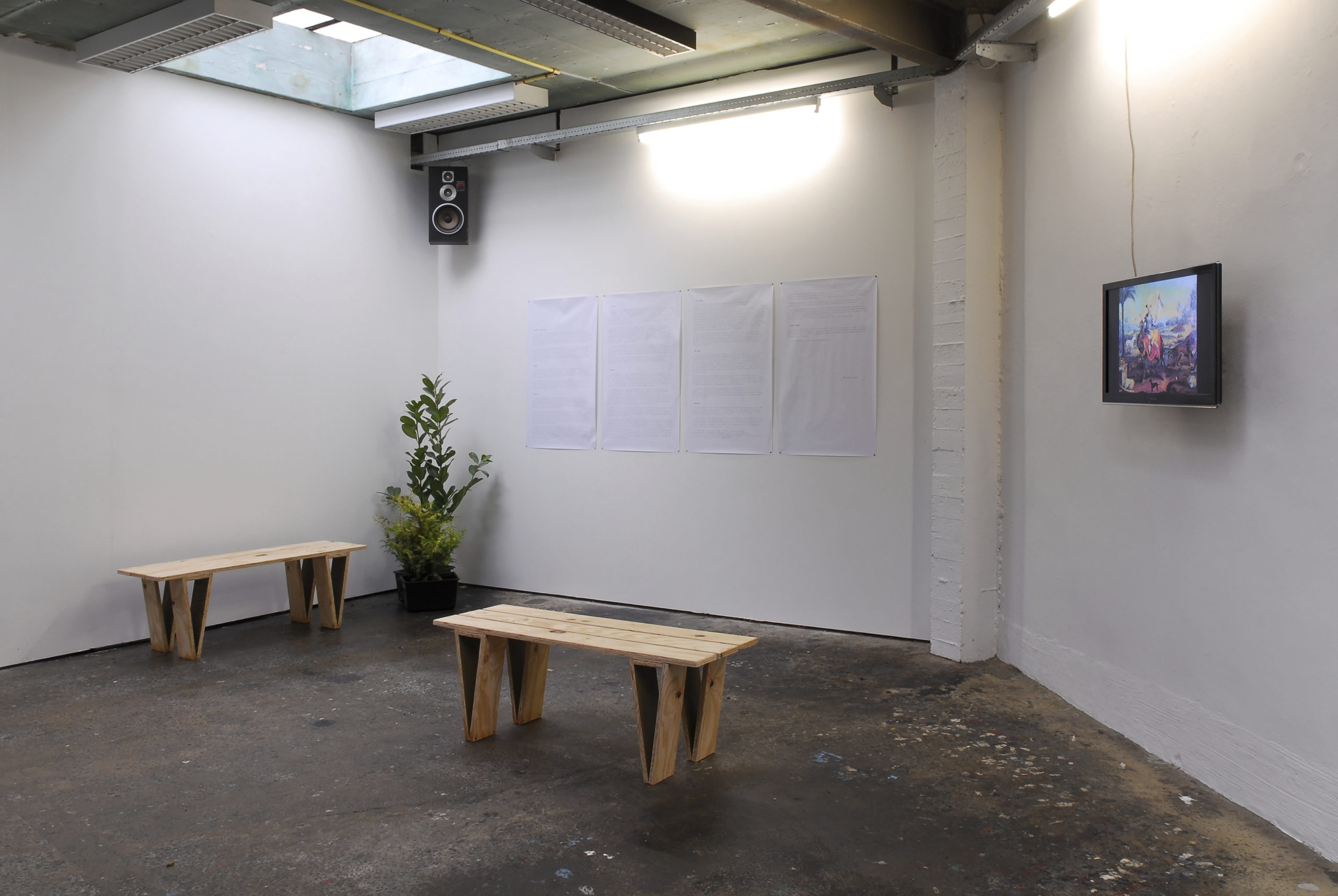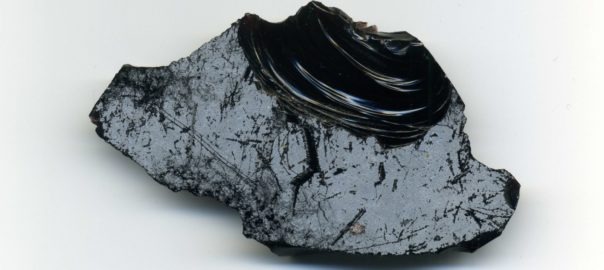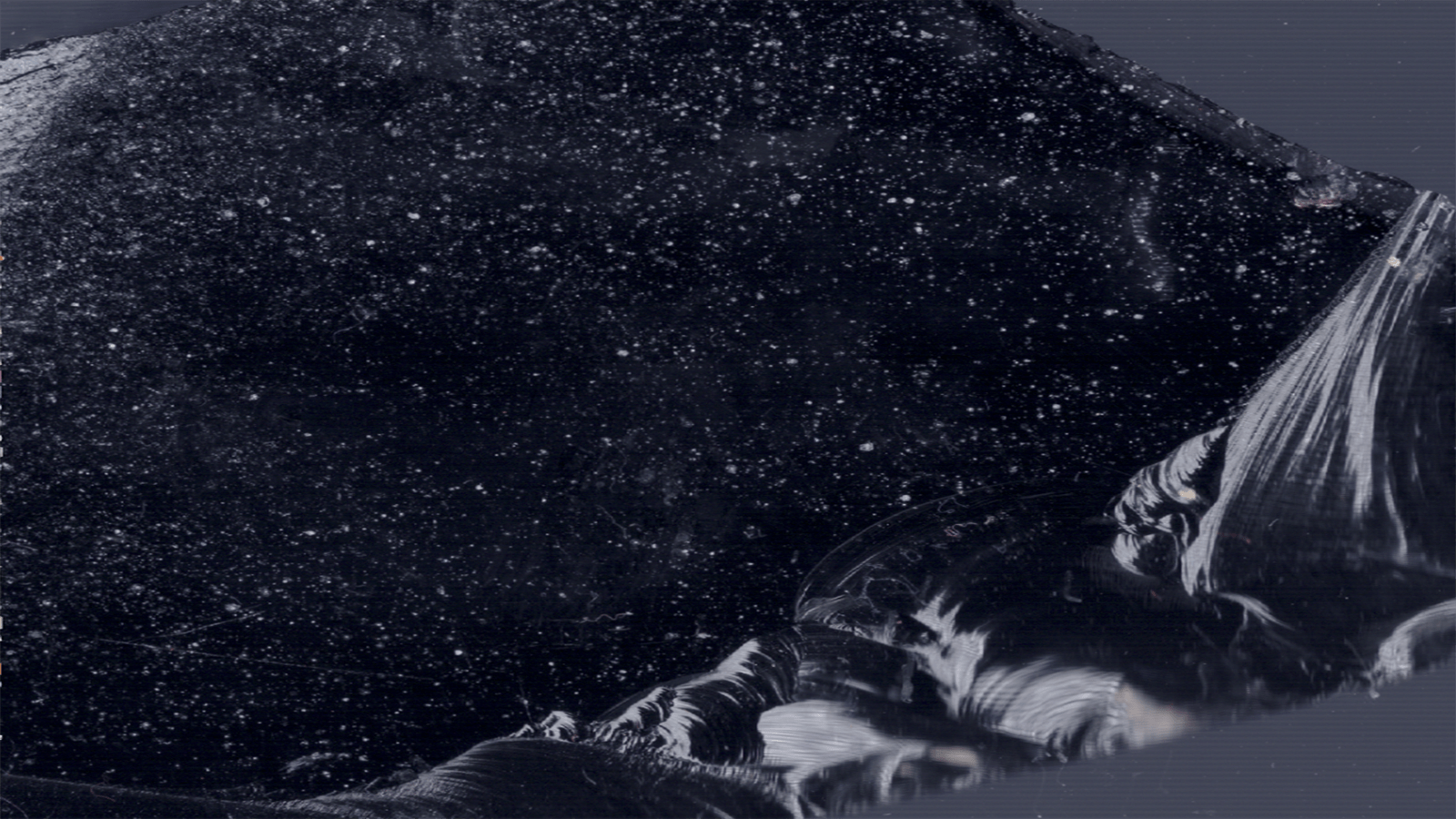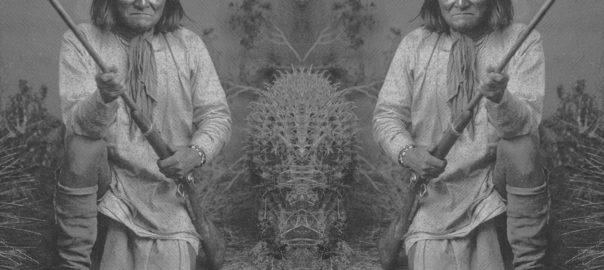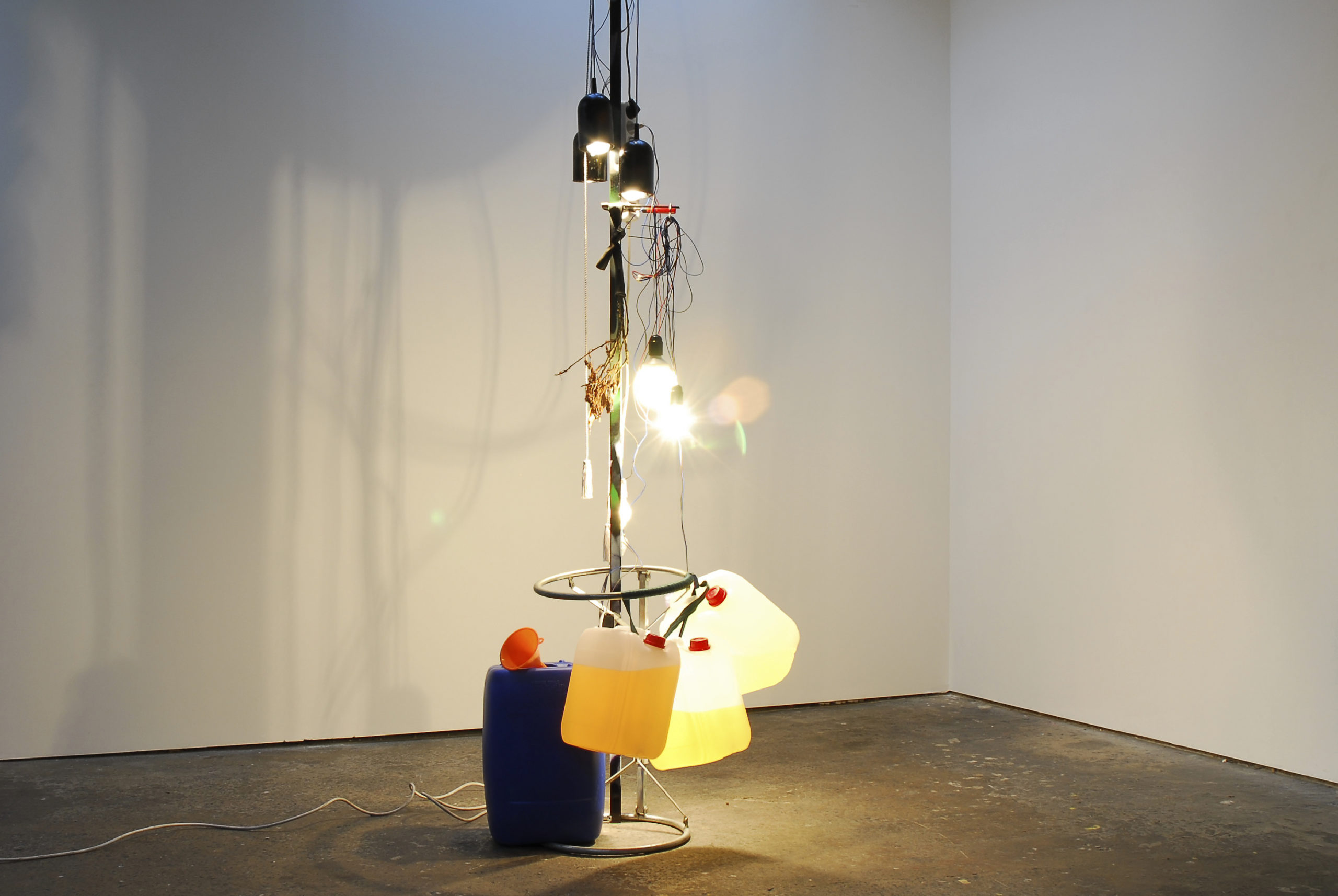PRESS RELEASE
Melanie Bonajo vit et travaille à Amsterdam / Berlin. Son travail a été présenté dans des institutions artistiques internationales, telles que De Appel Arts Center / Amsterdam, Institut Neérlandais / Paris, Musée d’Art Moderne / Ljubljana, Kohun National Museum of Contemporary Art / Séoul, Stedelijk / Amsterdam, PPOW Galerie / Nouveau York, SMBA / Amsterdam, Programm, Berlin, Museum of Modern Art / Arnhem et mousse / Amsterdam.
En 2008, elle a étudié les sciences religieuses; mysticisme et l’ésotérisme occidental à l’UVA. En 2012, elle a lancé le Collectif international GÉNITALE qui se concentre sur des sujets autour de la participation, de l’égalité, de notre environnement et de la politique au-delà de la polarité.
Letter to the Cosmos,
I am interested in the paradoxes inherent in our future-based ideas of comfort and I explore the areas related to progress that remove from the individual a sense of belonging. Captivated by the spiritual emptiness of my generation, I examine people’s shifting relationship with nature and their connections to larger surroundings. I try to understand existential questions by looking at our domestic situation, idea’s around classification, concepts of home, attitudes towards value and how our technological advances and commodity-based pleasures increase feelings of alienation within the individual. Through my performances, photographs, videos and installations I explore the consequences of a mechanical and consumer-based society on our collective consciousness. I oppose the decline in human values and the loss of connection amongst people who, are no longer rooted in the unified outlook of tradition, religious or spiritual; but see the world through the eyes of a crass materialism, scientism, and positivism. I question the role and importance of reason in human life, its connection to feeling and the human race’s general view of itself in relation to the physical universe.
Spirit
I am interested in the desacralization processes applied by modern science and the consequences which flow out of these secular principles: our loss of place in a giant, cold and disconnected cosmos. I focus on themes of detachment and loneliness of the Western individual who lives his / her life separated from nature and the senses, disconnected from a memory of something wild and ancient, buried deep within ourselves.
The concept of God interests me alongside traces within historical development of those religious traditions which have rejected a world view based on the primacy of pure rationality or doctrinal faith, emphasizing instead the importance of inner enlightenment or gnosis: a revelatory experience which was typically believed to entail an encounter with one’s true self as well as with the ground of being, God.
Nature
Sensitive to contemporary environmental concerns, I address the importance of a change in attitude towards the natural. A sensitive awareness of something bigger than ourselves is an important presence that has vanished from our daily consciousness. Through publications and by organizing participations, happenings and music, I try to create a less commercial spirit of togetherness. I attempt to offer new meaning and regain the loss of connection people have to each other, their surroundings and themselves.
I question our myth of progress by discussing our shifting relationship to nature. The situation in which we find ourselves today is unique regarding the magnitude and rate of growth of the human enterprise. We are destroying our natural environment at a constantly increasing pace, and in doing so we are undermining the preconditions of our own existence. In this regard, humans act irrationally. Our greed and increased material benefits, benefits that may well exceed the human population’s vital requirements, creates huge problems for the other inhabitants on this spaceship called Earth*.(*Buckminister Fuller) My concerns for and attraction to the natural world is a direct consequence of growing up in a cultivated place like the Netherlands, where development has impeded nature of its path. Growing up in a country where every tree has been planted by human hands, my idea of nature has always been encapsulated in some sort of exotic dream, far away and unreachable. My ideas about nature are surrounded by a fictional dream world and are influenced by Disney‘s holistic views on the natural world. Through this fictional space an opening which pinpoints towards similarities instead of opposites can be experienced.
Process
The construction of every project is a creative, nonlinear process. It is a dynamic dialogue with my physical and social environment. It is about a translation of an intention in > form, image, arrangements or sound to create an awareness. But most of all to project a kind of feeling, something with an emotional connection and resonance beyond just mental processes. I favor inconsistent elements in stories to address the relativity of our perception. They are small commentaries on the instability of the ideas and ideals that shape our way of life. I am moving with my work and subjects toward a more comprehensive knowledge of the connections between spiritual and biological life.
I wish to draw attention to one of the most immediate approaches to the world of inner experience and erase the rigid dichotomy between science and mysticism. By re-arranging various methodologies inspired by anthropology, nature, consumer culture, and the mundane.
I put established norms of moral, spiritual and social order on trial. I am searching for the purest and clearest depiction of processes and change. Through humor and the absurd I touch upon the borders of our belief systems and search for an attitude that encourages new perspectives towards consciousness, value, the structural and ethical questions of ownership, the body, each other, nature and economic approaches.
For example ‘86 details of Paradise’ looks into value, the market and the details of an alternative economic structure by addressing the aspect of giving material goods away without explicit agreement for immediate or future rewards as a substitute for market or trade economy. The installation ‘C-meter Prototype 01’ is a device, developed and placed within a pyramid like structure to reveal how our unperceptive sensory state influences our mental understanding of our environment.‘The herstories of the social naked body’ investigates how particular artistic, social and political issues of the general social body intertwine with the ideology of nudism. Definitions of male and female are dissolved as they appear not to exist outside their social construct.
Culture
I am interested in how people organize themselves through their cultures, especially traditional ones. To understand these cultural processes I have travelled a great deal to spend time with various indigenous people. I learned from their ways of being, their connection with each other, their spirit world and the earth. The unifying notion among all these cultures is that nature is a sensitive ecological system of which humans are part and must understand their place. The insignificance of human traces that are revealed when human construction and endeavors has ceased but nature continuous its work are an important aspect of my work. Researching and trying to understand the edge of belief systems and its parallels, I have visited rare places on this planet who are still on the bridge of time. They linger between traditional and global culture, are still connected to the past, but at the same time presented with the future to come, such as Amazonia, East-Greenland, Burma, India, Australian aboriginal communities and Tibet. In these regions traditional wisdom, life-style and craft are still practiced. These places have become scarse and hard to find on this planet. Mostly they exist, because they are difficult to reach, not of any economic interest for Western dominating culture, are involved in some extreme totalitarian regime or are occupied. Because of my interest in parallel believe systems and experiencing so many different ways that people relate to the basic concerns of human life, each other and the environment, the idea of looking at reality as a fixed concept has become completely absurd to me. Reality is something unattainable and distant, but which can be experienced and understood, perhaps some moments, when looking through your eyelashes.
In the Modern age, contemporary religions and science have failed to provide many people with a religious outlook that can give them a sense of meaning and connection. It seems that only modern human beings have come to a point where they no longer know why they exist. Thinking in terms of the separateness of mind and body has shown serious effect that constricts freedom in human life and is perhaps destructive to all life on the planet. Ecologists have suggested that our environment is suffering from the notion that body (in this case, the body of the earth) is not of central importance. They argue that the portion of the Western philosophical tradition that favors reductionism is in part responsible for the physical abuse that we have heaped on our planet and its plants and animals. We will see in the near future if the earth does belongs to humans, or humans still belong to the earth.
The object
I am interested in things without status and which carry a certain invisibility around them. Those things one cannot really sell. Domestic objects affect me through their modesty.
I see our domestic landscape as a reflection of our inner architecture. It also serves as a good starting point for cultural change. In my installations I attempt to make a connection between the lowest and the highs principles. For example, by positioning household objects in geometric patterns referring to cosmic maps I try to link simplicity and complexity. A recognition can take place in ordinary dignity; the accidentally miraculous. Or it can be a meditation on what happens when nothing happens. The protagonists of our everyday life: domestic materials which are simple, everyday things become indicators of a mental archaeology that connects the mundane with the metaphysical.
Excavating the site can engage the viewer on a wandering journey that can unravel a reservoir of possible meanings. Through these processes of transformation I try to point out the interconnectedness and significance of all that is, especially in relation to commodity items. Once an object is made, someone has responsibly over its existence.
Why we clutter ourselves with so much stuff is a huge enigma for me. Do we need to keep filling our emptiness with objects? Various performative positions may suggest a correspondence to the mental homelessness that we as capitalists experience as we rely more and more on objects to construct our sense of identity, place and belonging, something that in turn makes us more dependent on our material attachment to the system. What would happen if the social masks of necessity were removed?
The Body
“To think of touch epistemologically requires that we put the sentient body at the center of our knowing. While New Age philosophers, massage therapists, dancers, and yoga practitioners (among others) have long recognized the centrality of the sensuous body in ways of knowing, intellectuals and other so-called sophisticated thinkers have often ignored or undervalued the body as a source of knowledge.” (Peggy Phelan).
Because shifting perception is not merely a question of turning the tables and changing language, I have recently begun to focus more on art as a participatory act. In order to eliminate the passive gaze I needed to create a statement that would allow a physical entrance.
I needed to utilize shared collective energy in order to form transformative acts. A lot of fieldwork is still ahead of us in the dualistic view of the mind/body connection. Distinguishing binaries such as spirit/matter and male activity/intellect/mind/spirit to female passivity/the body/senses/feeling, I have worked to solidify characteristics and categorizations. By organizing participations I try to unblock those conditions from their social cement and try to reverse archetypes perceived as weakness to strengths in both sexes.
For example giving without taking (archetypically representing motherhood, love without judgment) as a modest approach towards a new economy where welfare can be distributed more equally. By giving collectively guidance and voice to strong emotions such as; sadness or grief one can perhaps heal a part of him / herself and become a more whole person, who has more peace and space for others.
Equalism
The objectification of any living thing decreases human dignity and the potential of our inner quality. Objectification creates holes in the well-being of the other. We need to put this in perspective regarding the objectification of women, animals, the other, but also as it relates to our thoughts, feelings, the elements and our planet.
The urgency of our time requires us to ask for active negotiations and re-definitions of our conceptual boundaries that have been based on polarity. In order to talk about the future shape of technology, value, recourses and the extinction of many animals who we all grew up with, we need to redirect our emphasis on the symbolic, the metaphor and the story through personal experience over the objective analysis.
The female body is still used to sell all kinds of unnecessary goods. Furthermore, what do the object for sale have to do with a woman or her body? I can hear you say, “Do we have to talk about feminism again? Yes, but for now I will focus on a collective I initiated called GENITAL INTERNATIONAL.
GENITAL INTERNATIONAL mocks corporate identity by marketing the unmarketable. It shows how the much undervalued bodies of both women and men can give rise to all (so-called) higher intellectual activity, and how sharing the processes of a new symbol creation can build a sense of community.
GENITAL INTERNATIONAL diverts the attention from the artist as an individual genius to anonymous creators and change art market sales into a system of donation and service. Visual-based contemporary art puts itself on a pedestal and often excludes other practices of art from the scene. This is a platform where academics, scientists, poets, writers, philosophers, musicians, believers, dancers, cooks and more meet in dialogue with each other in order to create a work of art and together work on the cultural frontiers This will take place in the shape in workshops, participations and publications.
oɾɐuoq ǝıuɐlǝɯ




















